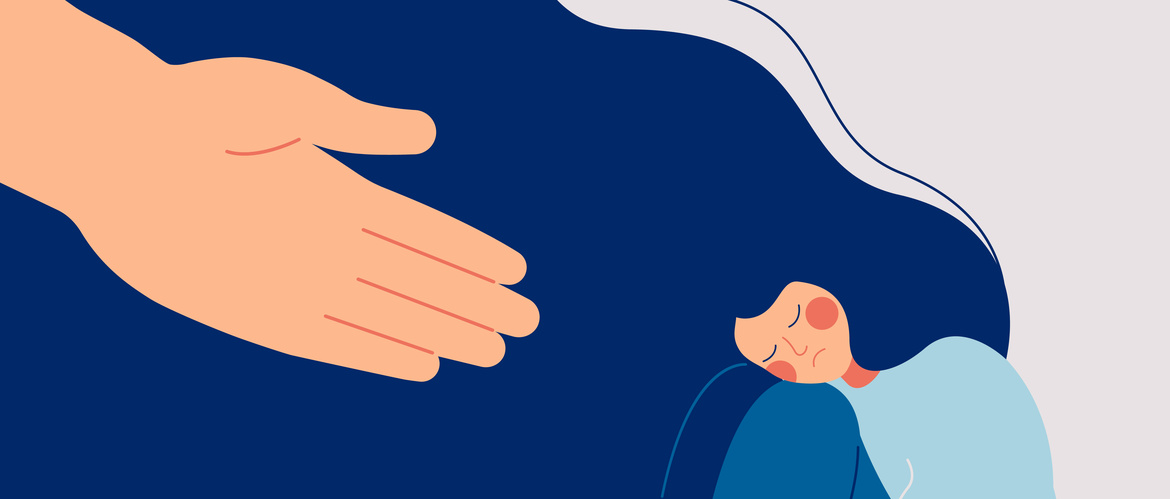Drug addiction is a serious problem that affects millions of people around the world. It can have devastating consequences on an individual’s health, relationships, and quality of life. However, it is never too late to seek help and take steps towards recovery. In this article, we will discuss various ways to get rid of drugs and overcome addiction.
- Admitting the problem
The first and most important step towards recovery is admitting that you have a problem. Denial is common among drug addicts, but it is essential to recognize that drugs have taken control of your life and that you need help.
- Seeking professional help
Once you have accepted that you have a drug addiction problem, the next step is to seek professional help. A professional addiction counselor or therapist can help you develop a personalized treatment plan that will cater to your specific needs. This may involve counseling, medication, or a combination of both.
3. Joining a support group
Joining a support group like Narcotics Anonymous (NA) or Alcoholics Anonymous (AA) can provide you with the support and motivation you need to stay sober. These groups provide a safe and non-judgmental space for you to share your experiences and learn from others who are going through the same thing.
- Making lifestyle changes
Drug addiction is often the result of unhealthy lifestyle habits. Making positive changes like adopting a healthy diet, regular exercise, and getting enough sleep can help to reduce cravings and improve your overall well-being.
- Identifying triggers
Identifying triggers that cause you to crave drugs is an important step towards recovery. Once you know what triggers your cravings, you can take steps to avoid them or develop coping mechanisms to deal with them.
- Developing coping mechanisms
Developing healthy coping mechanisms is essential in overcoming drug addiction. This may include practicing meditation, yoga, or other relaxation techniques to help reduce stress and anxiety.
- Building a support system
Building a strong support system is critical in the recovery process. Surround yourself with positive and supportive people who will encourage you to stay sober and provide you with the help you need when you need it.
- Taking care of yourself
Taking care of yourself is crucial in overcoming drug addiction. This involves taking care of your physical, emotional, and mental well-being. Eat well, get enough sleep, and practice self-care activities like taking a hot bath, reading a book, or going for a walk.
- Finding purpose
Finding purpose and meaning in life can help you stay focused and motivated on your recovery journey. Set goals for yourself and work towards achieving them. Pursue activities that bring you joy and satisfaction.
- Staying committed
Overcoming drug addiction is not easy, and it requires a lot of commitment and dedication. It is important to stay committed to your recovery journey and not give up, even when it gets tough.
Getting rid of drugs and overcoming addiction requires a holistic approach that involves admitting the problem, seeking professional help, making lifestyle changes, identifying triggers, developing coping mechanisms, building a support system, taking care of yourself, finding purpose, and staying committed. Remember that recovery is a journey, not a destination, and that it takes time, patience, and determination to achieve long-term sobriety.


















